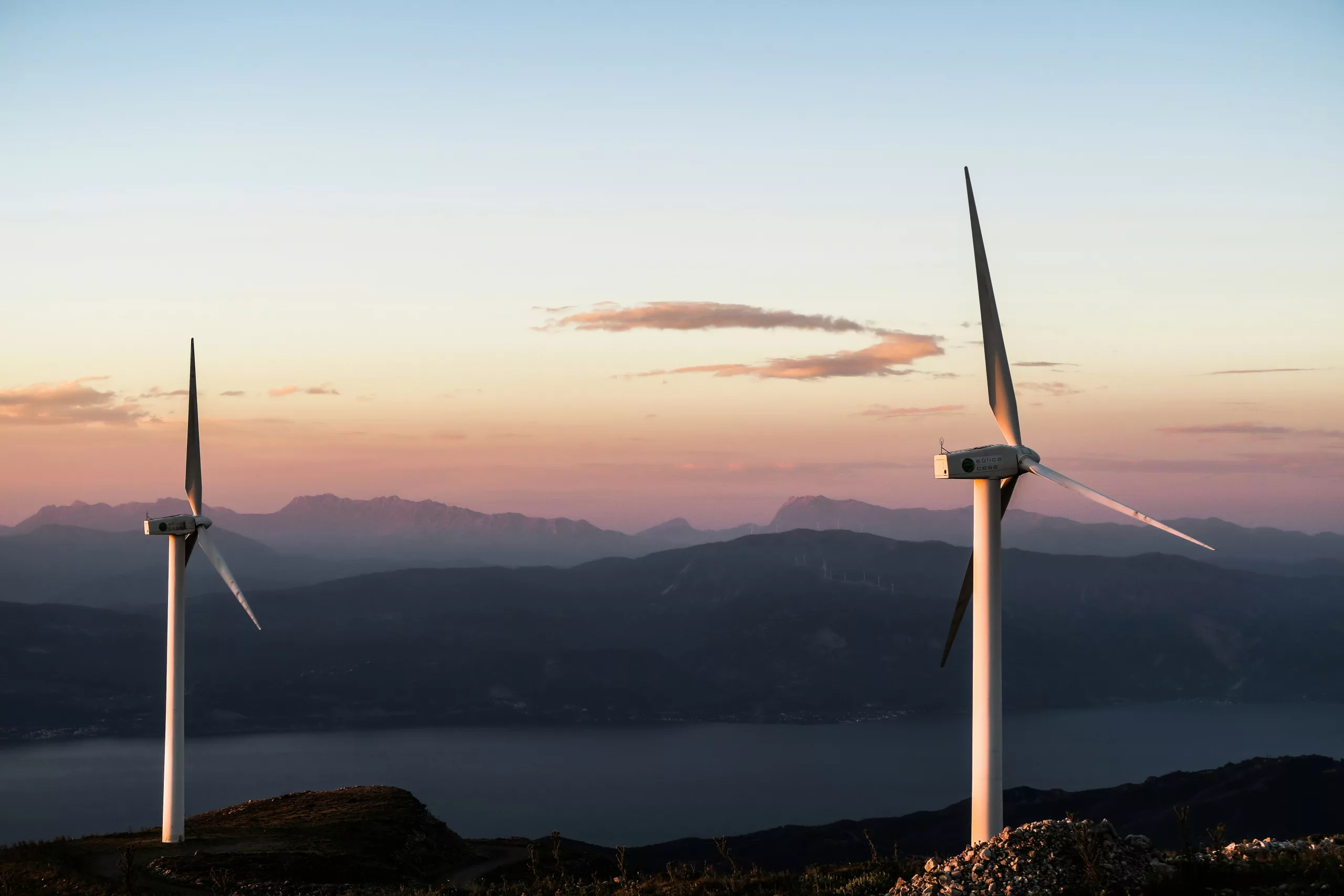Pumped storage hydropower, a time-honored approach for storing energy, is experiencing a resurgence as nations strive to create a more sustainable energy grid. Often associated with the picturesque backdrop of mountains, these facilities offer a compelling solution for storing clean energy generated when the sun shines and the winds blow but is needed during calmer and cloudier times.
The Role of Pumped Storage in a Clean Energy Future
As the quest for reliable energy storage intensifies, the spotlight has turned towards pumped storage hydropower’s potential, particularly for its ability to hold energy for extended periods. Compared to their popular cousins, lithium-ion batteries, pumped storage plants offer endurance where batteries might fall short due to cost constraints when scaled for longer storage.
Daniel Inman from the National Renewable Energy Laboratory (NREL) emphasizes the significance of pumped storage hydropower in realizing a clean electricity sector’s ambitions. This method, which utilizes dual-reservoir systems powered by surplus renewable energy to move water uphill, stands out as not only efficient but environmentally considerate when using closed-loop designs that separate from natural water courses.
Challenges and Innovations in Pumped Storage Hydropower
Despite the advantages, constructing new facilities has been a rare event since the 1970s due to high upfront costs and potential environmental concerns. Closed-loop systems present a solution with reduced environmental footprints, yet the lack of recent construction led to a vacuum of contemporary cost data, essential for informed investment and infrastructure planning.
To bridge this gap, an NREL team, including Stuart Cohen, Vignesh Ramasamy, and Evan Rosenlieb, alongside Inman, developed an advanced cost-estimation tool. This resource aims to inform prospective builders about the likely financial hurdles in establishing closed-loop pumped storage systems.
Understanding the Financials with NREL’s Cost-Estimation Tool
While existing models, like the one from Australian National University in 2017, provide a foundational understanding of costs, NREL’s addition to the field improves the granularity. This tool enables a more personalized assessment, factoring in specifics such as local geology and labor rates, thus delivering a nuanced cost prediction.
“For anyone pondering the construction of a pumped storage facility, our tool can provide a robust cost estimate, enhancing the realism in capacity expansion models,” Inman remarks, highlighting the importance of accurate cost forecasting for future grid planning.
Shaping the Energy Storage Landscape
With the objective of a resilient clean energy network in mind, it is clear that both batteries and pumped storage hydropower will play integral roles. NREL’s innovative tool now makes it simpler to chart the collaboration of these technologies, paving the way towards a more reliable and sustainable energy future.
